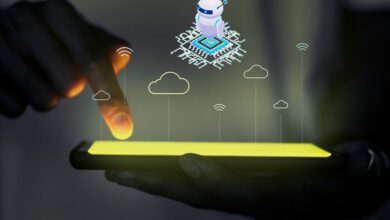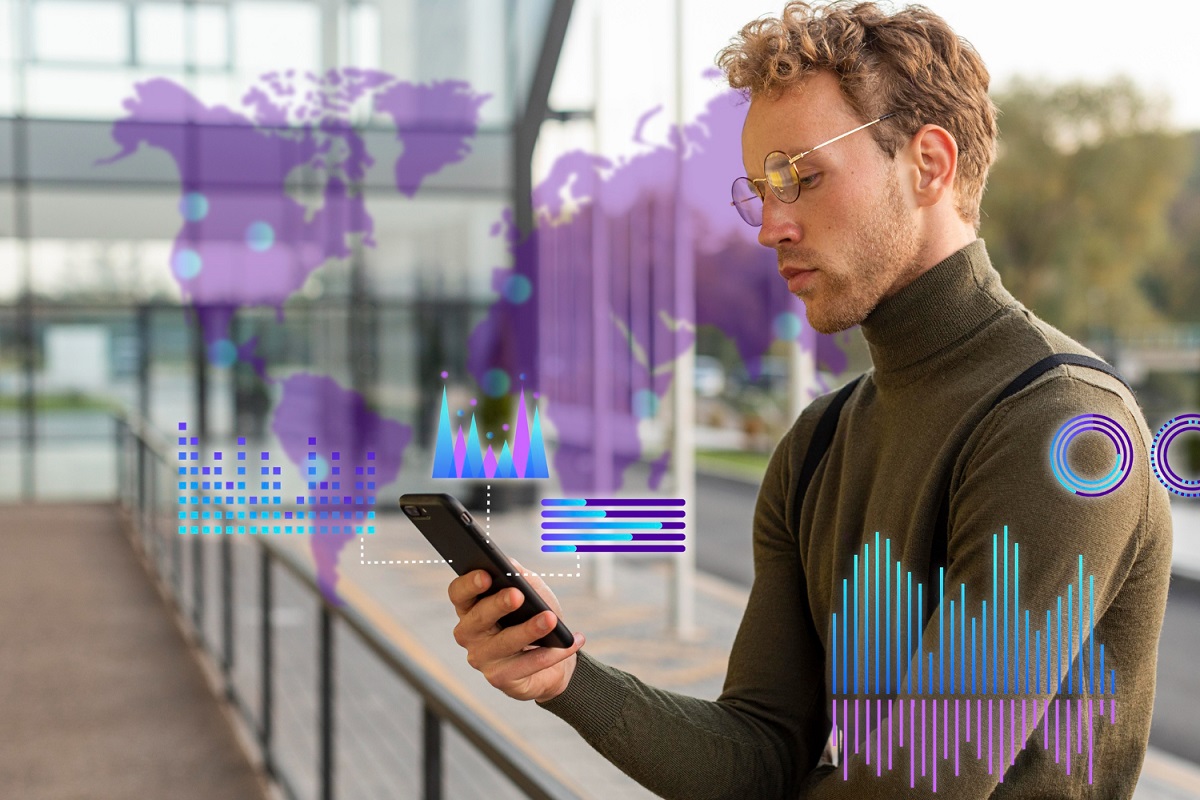
As a large language model, ChatGPT can analyze vast amounts of data to identify and predict potential cyber threats in real-time, alerting users to potential risks before they occur.
ChatGPT can provide personalized recommendations and guidance to help users enhance their cybersecurity practices and protect their sensitive data.
ChatGPT’s cutting-edge technology, the cybersecurity landscape is rapidly evolving, and we can expect to see even more significant advancements in the future.

4 Ways ChatGPT Is Changing Cybersecurity
The cybersecurity industry has been using artificial intelligence (AI) for a long time. ChatGPT, one of the most recent versions of AI, has made great strides and is already making a significant impact on the future.
These are just four of the many ways ChatGPT has changed the game.
#1. AI-Directed Research
Search engines have been a fundamental feature of the internet for decades. They are a core area for cybersecurity experts and attackers alike.
Search engines have become so ubiquitous that they are almost second nature. They provide a list of places to find information, but a more vital interaction still needs to be done.
ChatGPT, an AI program that uses natural language processing (NLP), is fundamentally revolutionary in its ability to understand language and respond to users’ questions.
It can provide a small snippet of code and give you a walkthrough appropriate for a 12-year-old or a PhD candidate.
Read: 6 Ways to use ChatGPT on Cloud Computing
Instead of just watching a video or reading an article, you can interact, ask questions, or dive deeper into a topic. Engaged participants have more control over the direction of the conversation.
Many early adopters, such as my friend, Snehal Antani (security startup CEO), have already switched to ChatGPT from old-school Google search.
#2. AI-Assisted Research
ChatGPT has been a topic of interest to security researchers for some time. Their opinions are mixed. They are both threatened and impressed by ChatGPT and AI generally. This may be due to their method of inquiry.
Many people ask a single question, not giving any additional details or following-up instructions. ChatGPT’s true power, synchronous engagement (i.e. the ability to modify the conversation or alter the outcome based upon new stimuli), is obscured by this.
ChatGPT can quickly locate and understand obfuscated malware code when used correctly. These tools will significantly help improve solutions in the market once we have perfected our engagement methods.
Read: How Bloggers Use ChatGPT For Keywords, Content, Blogging
#3. AI-Augmented Operations
ChatGPT can understand commands and interpret code using NLP. It can also offer accurate insights and remediation advice.
This capability can be harnessed to significantly improve the efficiency and sophistication of a human operator behind the wheel.
Machine learning and AI are used to improve efficiency, speed, and operational accuracy in an industry with continuing talent and staffing issues.
These tools are constantly evolving and may even be able to assist human operators in overcoming “Context Switching”, which is the brain’s natural tendency to lose efficiency when it is forced to multitask quickly.
Read: How Conversational AI Chatbots Play an Important Role in Healthcare?
#4. AI-Powered Attacks
Security researchers and operators use AI to improve incident response and threat detection. Hackers are likely to do the same. Attackers have gained more than anyone since the inception of NLP-powered AI programs such as ChatGPT.
Threat actors are using ChatGPT to create malware. This includes polymorphic malware that frequently evolves to avoid detection. ChatGPT’s current code-writing abilities could be better. However, these programs continue to evolve quickly.
Future forms of “coding AI” specialized in malware development could accelerate its growth and improve its performance. Many hackers are already skilled in certain attack types, such as phishing campaigns or social engineering.
Read: The Top 10 Cyber Security Threats to Know
AI will eventually allow them to automate large parts of their workflow and exploit vulnerabilities in hours instead of days.
ChatGPT’s early days were filled with users finding new ways to use the technology, just like all significant advances. These forces often balance each other. AI-based tools will continue to grow in complexity, power and effectiveness.
Unanswered questions still need to be answered about teaching AI to correct errors and reduce bias in processing raw data. These concerns have led the National Institute of Standards and Technology to develop an AI Risk Management Framework.
Read: 6 Ways to Simplify Your Cybersecurity Activities
This framework will provide guidance and processes to minimize the risks associated with working with AI. ChatGPT asked me to speak on the topic in the spirit of the headline.
It replied to my question, “What are some of the most interesting things people have done using ChatGPT in cybersecurity?” with its very own list.
GPT can be used in a variety of ways. Some examples include:
#1. Phishing emails that are real
GPT can then be trained using a database of real phishing email addresses to create clear messages. This is useful for testing anti-phishing tools’ effectiveness and teaching employees how to spot phishing attempts.
Payloads for penetration testing: GPT may be trained using a database of payloads used in penetration testing. The payloads can then be used to create new payloads. This is useful for testing security and identifying weaknesses.
Read: What is a Cybersecurity Maturity Model?
#2. Documentation to support compliance and security standards
GPT can then be trained using a database of documents for compliance and security standards such as PCI-DSS and SOC 2.
Then, it can be used to create new documentation. This can help ensure that documentation is current and accurate.
#3. Reports on incident response
GPT can then be trained using a set of incident response report datasets to create new incident response reports. This is useful in quickly and accurately documenting an incident’s details and taking steps to contain it.
Read: 7 Methods to Protect your System from Hackers
#4. Security alerts summarized in natural language
GPT can then be trained on a database of security alerts. The alerts can then be used to create natural language summaries.
This makes it easier for security analysts to understand and triage the alerts. These are just a few ways GPT can be used in cybersecurity. The possibilities are endless.




